When you think of wild cats, names like lions, tigers, and leopards probably come to mind. But did you know that there are many lesser-known wild cats out there, some of which are incredibly rare and even on the brink of extinction? A recent study estimates that the Scottish Wildcat has fewer than 314 individuals left in the wild, making it one of the rarest cats on Earth. Sadly, it's not alone—over 40% of wild cat species are now threatened. Many of these elusive creatures often fly under the radar of conservation efforts, overshadowed by their larger, more famous cousins.
Let’s dive into 12 of the rarest and most fascinating wild cats you might not have heard of.
The Iriomote Cat is arguably the rarest cat in the world, with only around 100 individuals remaining. This small, elusive feline is native to the Japanese island of Iriomote. It’s a subspecies of the Leopard Cat, sporting brown-grey fur with dark spots and a stumpy tail. These cats primarily inhabit dense forests and are rarely spotted by humans. They face serious threats from habitat destruction and road traffic, making their survival more uncertain with each passing year.
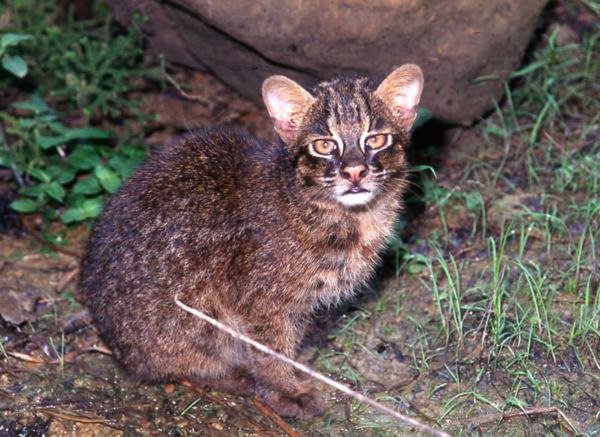
Living in the harsh deserts of North Africa and Western Asia, the Sand Cat is perfectly adapted to survive extreme temperatures. Its dense coat helps it endure scorching heat during the day and freezing cold at night. You’re more likely to catch a glimpse of these elusive cats in places like the Western Sahara or Jebil National Park in Tunisia. Despite their small size, Sand Cats are fierce predators, mainly hunting rodents, lizards, and birds. Their ability to thrive in such a harsh environment makes them a true desert phantom.
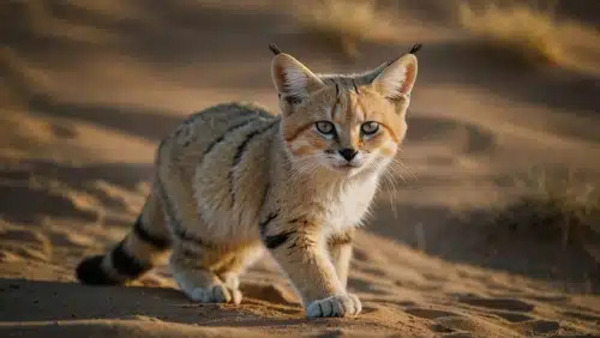
Native to the Tibetan Plateau, the Chinese Mountain Cat is a rarely seen wild cat that primarily roams the high-altitude grasslands and rocky hills. These cats are elusive and highly specialized, having adapted to cold and dry conditions. Sightings in Ruoergai Grassland in China suggest that the species might still be found in certain remote areas, but they remain largely unstudied due to their isolation in difficult-to-reach locations. Sadly, they are considered vulnerable due to their small population size and the ongoing threat of habitat loss.
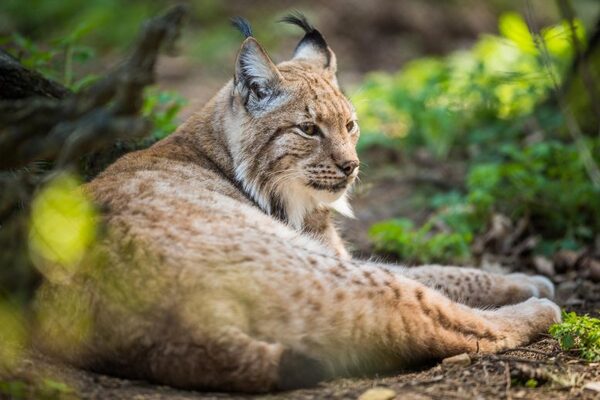
With its strikingly beautiful coat, the Bay Cat is one of the rarest and least seen wild cats in the world. Found only on Borneo, this elusive cat avoids forest trails, making it incredibly difficult for scientists to study. Unlike its relatives in the region, the Bay Cat has managed to avoid much human contact. Conservation efforts are critical for this endangered species as deforestation and habitat loss continue to threaten its survival.
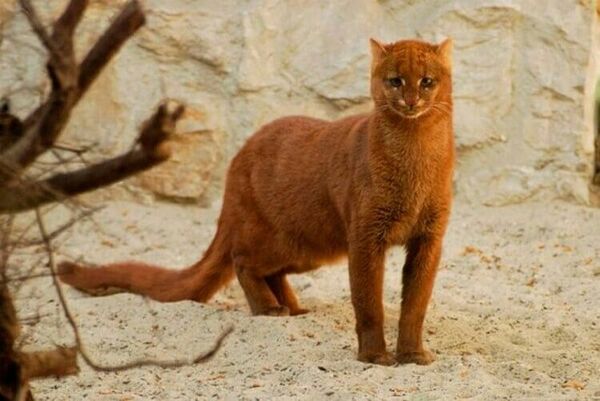
The Black-footed Cat may be Africa’s smallest wild cat, but don’t let its size fool you—it’s one of the deadliest. This tiny predator is capable of hunting and consuming up to 3,000 rodents annually. The Black-footed Cat is found in the Northern Cape of South Africa and is infamous for its swift hunting abilities. Despite its small size, it’s a fierce and efficient predator, capable of bringing down prey much larger than itself. Conservation efforts are vital to ensure this grassland ghost doesn’t become extinct.
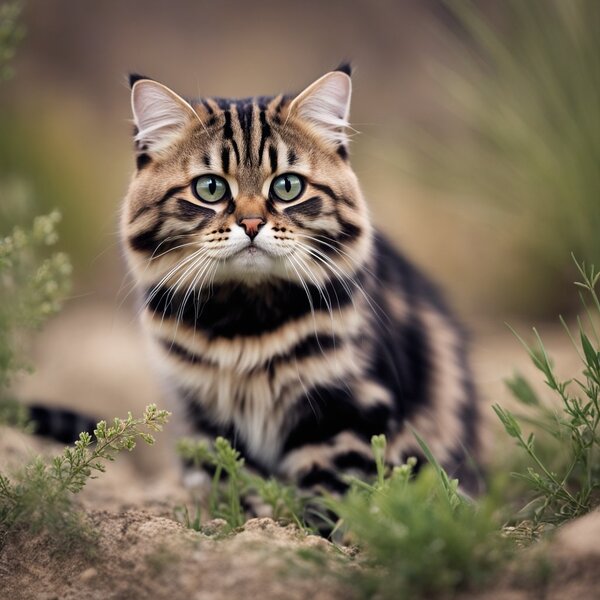
The Scottish Wildcat is critically endangered, with only a few hundred individuals left in the wild. Native to the United Kingdom, these cats are facing the double threat of interbreeding with domestic cats and habitat destruction. Recent studies indicate that the Scottish Wildcat may be functionally extinct in the wild due to these pressures. Despite being called the "Highland Tiger," their future remains uncertain without targeted conservation action.
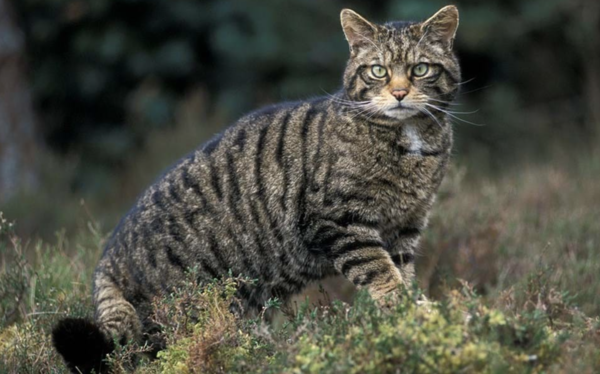
Smaller and darker than its mainland counterparts, the Sunda Clouded Leopard is found in the rainforests of Borneo and Sumatra. These cats are exceptional climbers, often spotted in the trees, where they hunt for smaller prey like monkeys and birds. The Deramakot Forest Reserve in Malaysian Borneo is one of the few places where sightings are relatively common. However, this species is at risk from deforestation, and their elusive nature makes them difficult to study and protect.
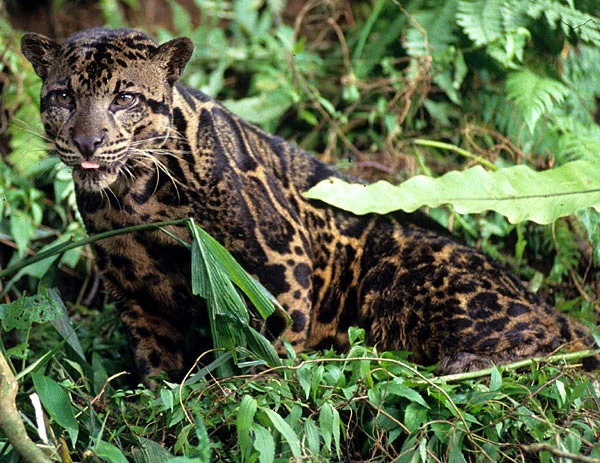
The Asiatic Golden Cat is a beautiful and elusive feline, ranging from India to Southeast Asia. It prefers dense forest habitats, where it hunts a variety of prey, including deer, birds, and smaller mammals. Despite its wide range, sightings of this cat are rare, with most encounters happening by accident in places like Indonesia. This cat’s beautiful golden fur makes it one of the most attractive wild cats, but its numbers are dwindling due to hunting and habitat destruction.
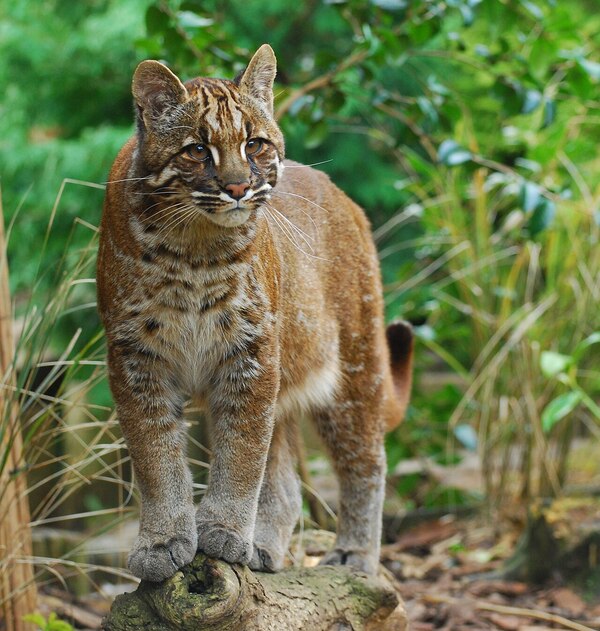
Resembling a miniature Clouded Leopard, the Marbled Cat is an agile and skilled climber, spending much of its life in the trees. This Southeast Asian wildcat is one of the least studied due to its solitary and elusive nature. The Marbled Cat is primarily found in the dense forests of India, Nepal, and Southeast Asia, and its arboreal lifestyle makes it one of the hardest cats to observe in the wild.
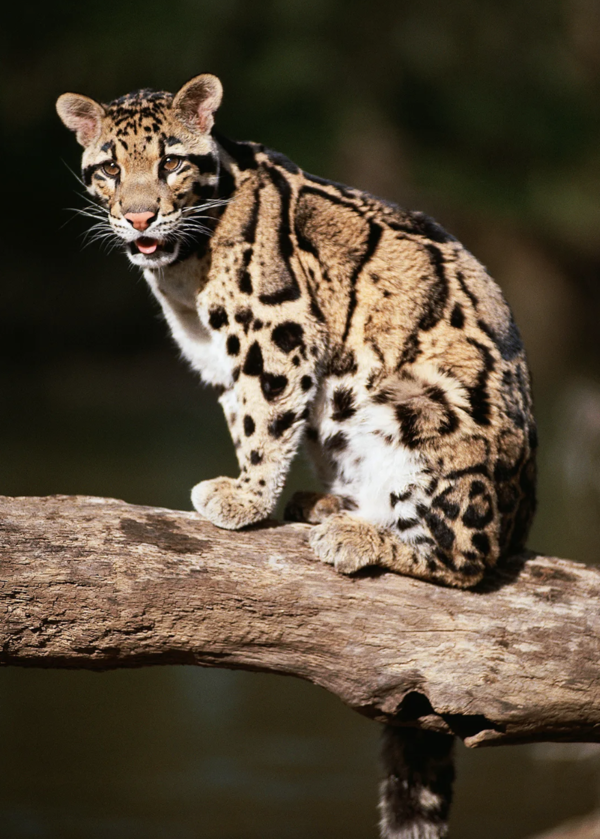
Adapted to a semi-aquatic lifestyle, the Fishing Cat is an excellent swimmer and has partially webbed feet, allowing it to catch fish and other aquatic prey. Found in South and Southeast Asia, this cat thrives in wetland areas and is highly adapted to an amphibious existence. However, due to wetland destruction and the fragmentation of its habitat, the Fishing Cat is now at risk, with sightings becoming increasingly rare.
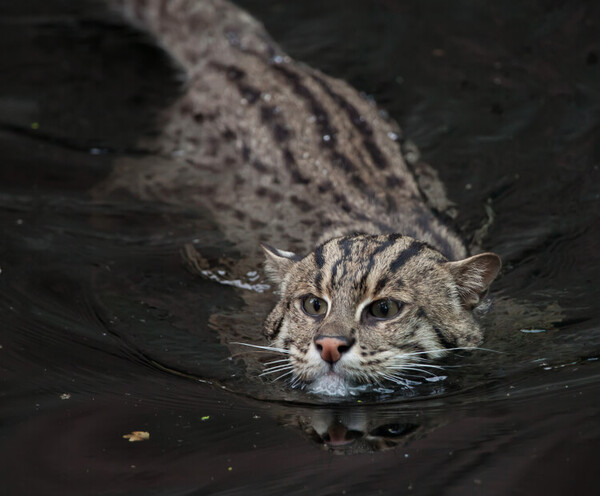
The Andean Mountain Cat lives in the remote, high-altitude regions of the Andes Mountains in South America. This elusive species is one of the least known and least studied wild cats due to its harsh, inaccessible habitat. It primarily preys on small rodents, including the Vicuña, a relative of the llama. The Andean Mountain Cat is at risk from habitat degradation and hunting pressures, and its low population density makes it a challenge to study or protect.
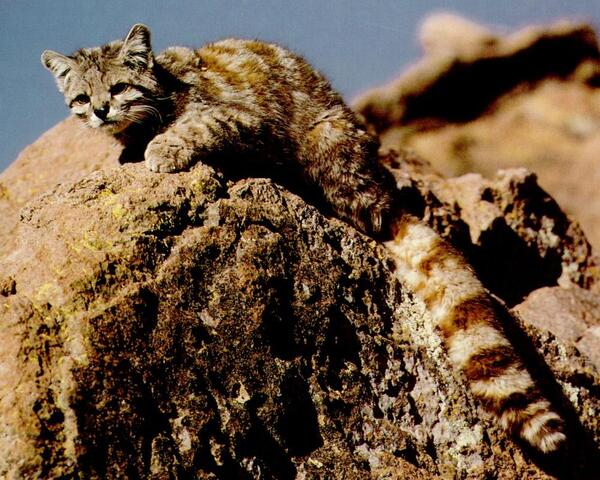
The Jaguarundi is often mistaken for a weasel due to its unusual body shape and short tail. Once commonly found in the South Texas brush country, the Jaguarundi’s numbers have drastically decreased in the United States, with the last confirmed sighting in Texas in 1986. Despite its wide range in Central America and South America, the Jaguarundi faces threats from habitat destruction and hunting.
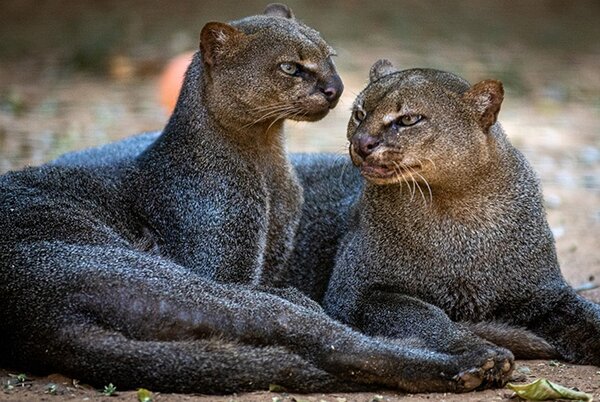
These 12 wild cats, though rare and elusive, are a vital part of the world’s biodiversity. From the mysterious Iriomote Cat to the agile Marbled Cat, each species plays an important role in its ecosystem. Unfortunately, many of these cats are facing severe threats, including habitat loss, poaching, and climate change. As their numbers continue to dwindle, it’s essential that we raise awareness and take conservation efforts seriously to protect these incredible creatures from disappearing forever.
By learning about these cats, we can not only appreciate their uniqueness but also contribute to their survival through education, awareness, and support for conservation initiatives.
animal tags: cats
We created this article in conjunction with AI technology, then made sure it was fact-checked and edited by a Animals Top editor.